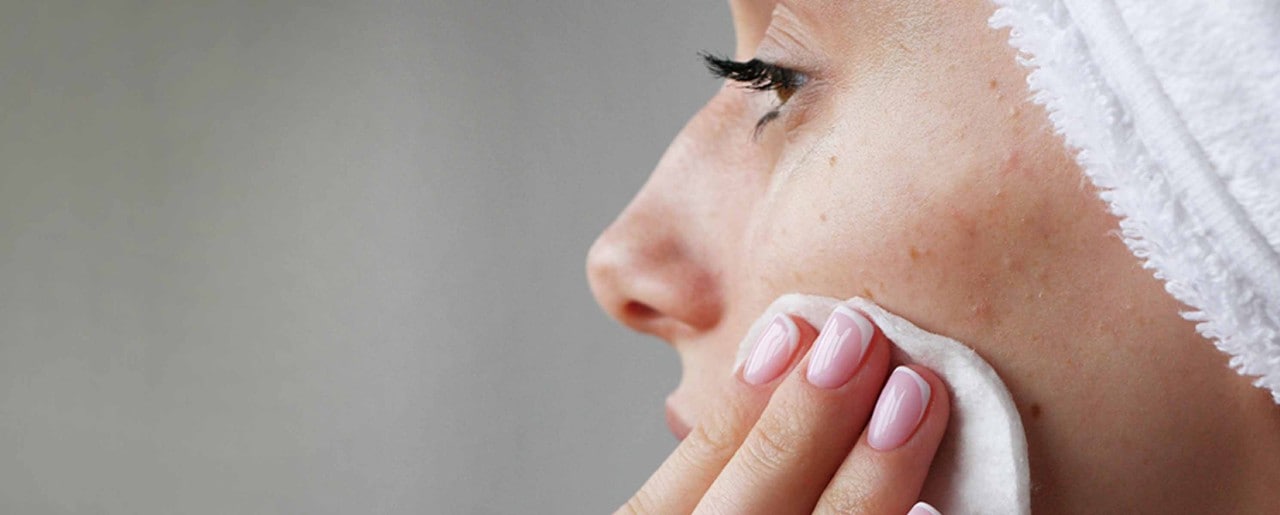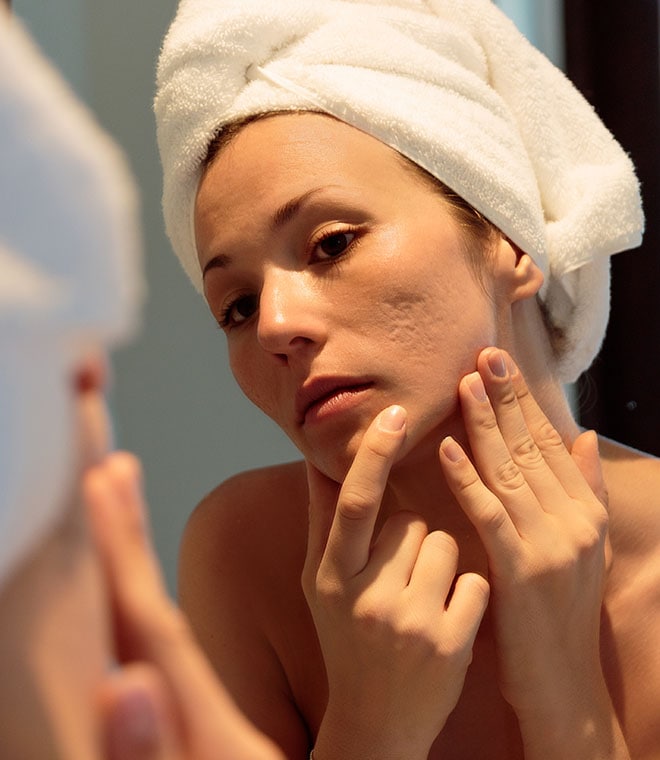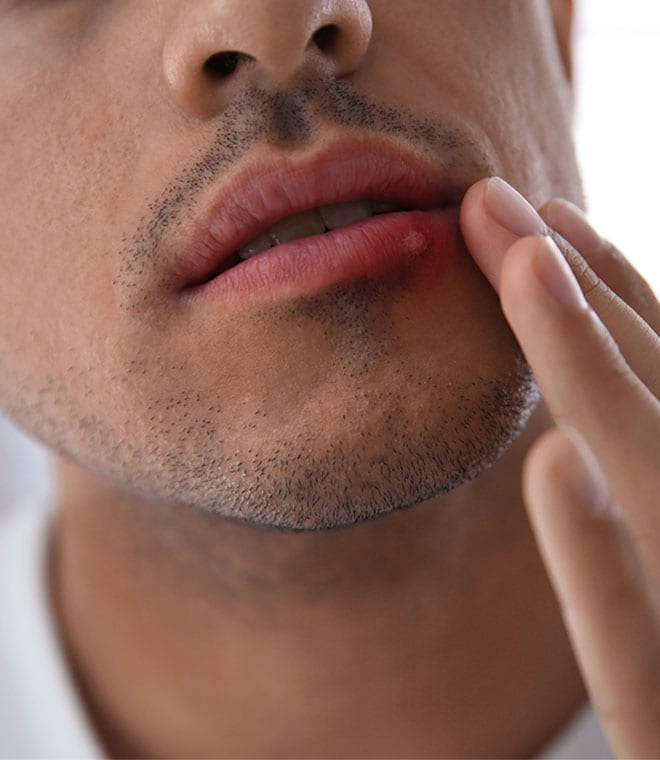Health
Cold sores vs. pimples: What's the difference?
By Anna H. Chacon, MD, Fellow of the American Academy of Dermatology Jul 10, 2024 • 5 min
Cold sores and pimples are two of the most common lesions that occur on the face. Both cold sores and pimples can be painful and embarrassing, but they aren’t the same thing, and they’re treated differently. It’s important to understand the differences between these conditions.
What is a cold sore?
A cold sore, also known as a fever blister, herpes labialis or oral herpes, is a sore that typically occurs on, in or around the mouth. They can also appear on other areas of your face, and they can spread to other parts of your body, including your eyes, hands, and genitals. Cold sores are caused by the herpes simplex virus (HSV), usually herpes simplex virus type 1 (HSV-1), which spreads through direct contact with active sores or sharing objects that have been in contact with a sore.
What is a pimple?
A pimple is a type of acne lesion. A pimple forms when sebum, the skin’s natural oil, gets trapped in a pore along with bacteria and dead skin cells, causing a small red bump on the skin. Pimples sometimes have a pus-filled head caused by the body’s reaction to the bacteria.
Where do cold sores occur?
Cold sores most often appear on the lip, but you can also get them inside your mouth, in or near your nose, or near your eyes.
Where do pimples occur?
Pimples often occur on the face—cheeks, chin, forehead and nose—but they may also show up on the neck, shoulders, back and chest.
What do cold sores and pimples look like?
While cold sores and pimples may have a similar appearance at the onset, they look very different once they develop.
Cold sores often start out as a small bump that may itch or tingle. Small blisters form, often in clusters, and then break open and weep clear liquid. The blisters then scab over, and the scabs may appear yellowish or thick and black. A scab may crack and bleed, or it may loosen and fall off, and another scab will usually grow in its place.
Pimples begin as small, hard, red bumps on the skin, caused by inflammation from the oil, bacteria and dead skin cells that have been pushed deep into the pore. The medical term for a pimple is papule. When a pimple has a yellow or white center and contains a yellowish fluid, it’s known as a pustule.
How are cold sores and pimples treated?
Cold sores and pimples are very different lesions with very different treatments.
Cold sores typically go away on their own within a week or two of appearing if you don’t treat them. Since cold sores are caused by a virus, the standard treatment is a topical or oral antiviral medication. Over-the-counter cold sore creams like Abreva (docosanol) and prescription antiviral medications like Valtrex (valacyclovir) are commonly used to shorten the duration of the cold sore and reduce the size and severity of the sore.
Pimples may or may not go away on their own if they’re left untreated. A pimple may worsen, becoming large, infected and pus-filled. There are a number of over-the-counter acne products and prescription treatments available for acne pimples. See your healthcare provider for a treatment plan tailored to your needs.
Whether you have a cold sore or a pimple, the most important thing is to leave it alone. Don’t touch the lesion aside from applying medication. Don’t pick the scab off a cold sore, and never pop a pustule. This can lead to infection, possible spreading, and a longer healing time.
If you frequently get cold sores or pimples, see your healthcare provider, especially if your skin woes are causing you embarrassment or pain. The sooner you seek treatment, the better the outcome. While there are numerous over-the-counter and prescription remedies for cold sores and pimples, everyone’s situation is different, and what works for one person may not work for you. A personalized treatment plan is your best bet for reducing the occurrences of cold sores and pimples—and getting rid of them faster when they do occur.
Clinically reviewed and updated by Julie McDaniel, MSN, RN, CRNI, July 2024.
Sources:
- https://www.aad.org/public/diseases/acne/diy/types-breakouts
- https://www.aad.org/public/diseases/a-z/cold-sores-treatment
- https://www.aad.org/public/diseases/acne/skin-care/tips
- https://www.niams.nih.gov/health-topics/acne
- https://www.mayoclinic.org/diseases-conditions/cold-sore/symptoms-causes/syc-20371017
- https://www.merckmanuals.com/home/infections/herpesvirus-infections/herpes-simplex-virus-hsv-infections
- https://www.mayoclinic.org/drugs-supplements/docosanol-topical-route/description/drg-20063494#




